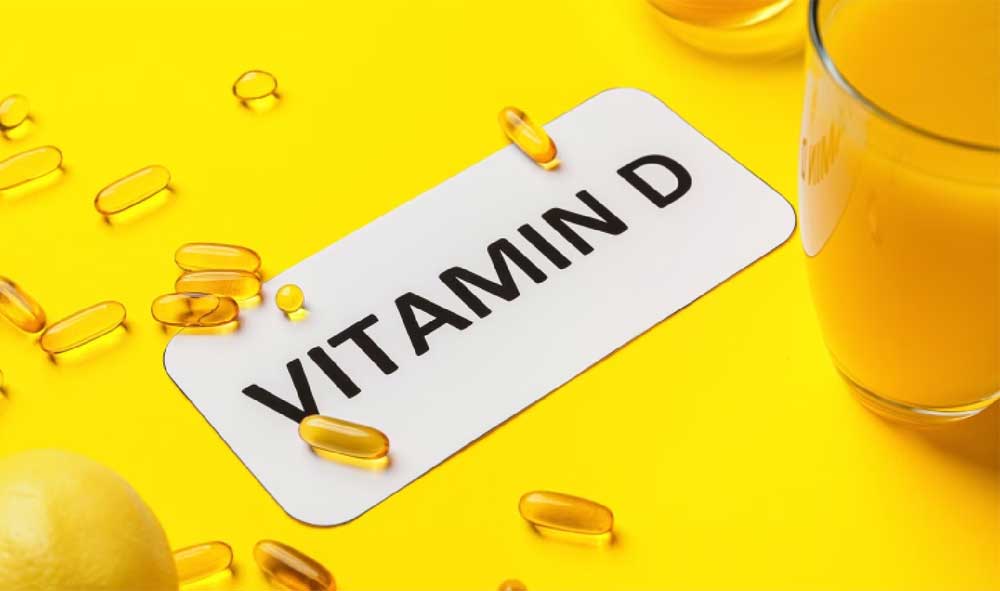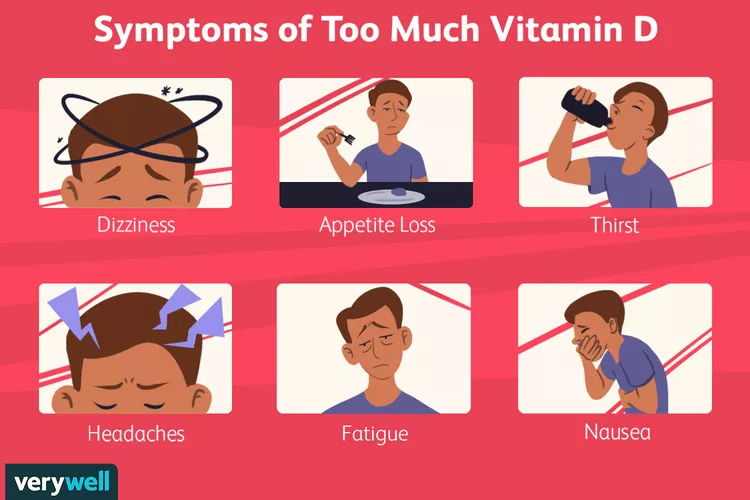
I remember a bright winter morning when my friend Kate called me, her voice tinged with concern. “My doctor just told me I might have a Vitamin D deficiency,” she confessed. “Apparently, it’s common around here, but I don’t feel any different. Do I really need more of it? And how much is too much?”
This conversation with Kate sparked a journey of discovery about Vitamin D, a seemingly simple nutrient that has garnered increasing attention over the years. It turns out that Vitamin D isn’t just another vitamin in your multivitamin bottle—it plays an essential role in your health. But how much do you really need? And can you have too much?
Let’s dive into the world of Vitamin D, its benefits, the fine balance between deficiency and overdose, and whether you should consider taking supplements.
The Sunshine Vitamin
Vitamin D is often referred to as the “sunshine vitamin” because our bodies produce it when exposed to sunlight. But in many parts of the world—especially in colder climates or during the darker months of the year—sun exposure isn’t enough. Think of northern regions like Scandinavia or parts of the US where winters can be long and sun exposure limited. That’s why Vitamin D deficiency is particularly common in those areas.

According to the CDC, around 41% of Americans have insufficient levels of Vitamin D, with some groups, like the elderly and those with darker skin, being even more vulnerable. It’s not just about bone health anymore. Research links adequate Vitamin D levels to a stronger immune system, better mood regulation, and even a lower risk of chronic diseases like cardiovascular problems and certain cancers.
For Kate, this was a revelation. “I thought it was just about bones,” she said as we sipped coffee that morning. Indeed, Vitamin D helps regulate calcium, crucial for maintaining strong bones and teeth. But it’s also a hormone that affects hundreds of processes in the body.
How Much Vitamin D Do You Need?
After learning how vital Vitamin D is, Kate’s next question was obvious: “How much should I be taking?”
The recommended daily allowance (RDA) varies depending on age, location, and individual health needs. For most adults, the National Institutes of Health (NIH) recommends a daily intake of 600 to 800 IU (International Units). However, some experts argue that this might be too conservative, especially for those living in less sunny climates or with limited outdoor activities. A safe upper limit, according to the NIH, is around 4,000 IU per day.

“But what about all those supplements at the store?” Kate wondered aloud. “Some of them offer 5,000 IU or more in a single pill!
This is where things get tricky. Vitamin D is a fat-soluble vitamin, meaning it is stored in the body’s tissues, unlike water-soluble vitamins like C or B. That means if you take too much, it can build up over time, leading to toxicity. Symptoms of Vitamin D toxicity (hypervitaminosis D) can include nausea, vomiting, weakness, and even kidney damage due to elevated calcium levels.
Is ‘Too Much’ Vitamin D a Thing?
Yes, it is.
Taking too much Vitamin D for an extended period can lead to health problems, though it’s rare for people to reach toxic levels through sun exposure or diet alone. Supplements are the main culprit when it comes to Vitamin D overdose. The risk lies not just in the dosage but in prolonged high intake.

However, recent studies suggest that Vitamin D toxicity may only occur at very high levels—above 10,000 IU per day over long periods. Still, experts caution against going over the upper limit of 4,000 IU per day unless prescribed by a doctor.
To put it in perspective, most people won’t get near this level without intentionally consuming high-dose supplements. But there’s a reason health professionals recommend caution. Vitamin D isn’t a ‘more is better’ nutrient. Balance is key.
Should You Take a Supplement?
Kate’s situation is common. A blood test at the doctor’s office showed her Vitamin D levels were below the optimal range, which is 30 to 50 ng/mL according to most labs. Her doctor recommended a supplement, but there’s no one-size-fits-all solution.
If you’re wondering whether to supplement, it’s best to start with a blood test to determine your current levels. If you’re deficient, a short-term boost might be necessary to bring your levels up. For those who don’t get much sun or live in northern latitudes, a moderate daily supplement during the winter months could help maintain healthy levels.
For most people, getting a little sunshine, eating fortified foods (think milk, cereal, and fatty fish), and perhaps taking a low-dose supplement will be enough to keep them in the healthy range. However, if you’re concerned, it’s always worth discussing with a healthcare provider.
The Takeaway
As Kate and I wrapped up our conversation, she seemed more at ease. Yes, Vitamin D is vital, but it’s also about balance. Like many nutrients, too much or too little can have consequences.
For those living in less sunny climates or spending most of their days indoors, a supplement might be necessary. But, as with all things, moderation is key. It’s a good idea to test, tailor, and talk to your doctor before diving into high-dose supplements. Vitamin D can be a game-changer for your health—but only when used wisely.
“Alright, I’m getting my levels checked,” Kate said with a smile. “Better safe than sorry, right?”
Indeed.













